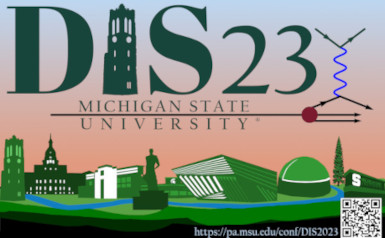Speaker
Description
The EIC physics program relies on successful measurements of exclusive final states, which produce charged particles (e.g. protons, pions) at far-forward pseudorapidities. Such particles are within a few millimeters of the outgoing hadron beam. Reconstruction of these particles requires use of silicon detectors placed directly into the accelerator vacuum, in the style of the Roman Pots used at HERA, RHIC, and the LHC, but without the “pots” which are customarily used. However, unlike past and present facilities, the broad range of energies and collision species at the EIC provides a unique challenge in accurately reconstructing the momenta of these far-forward particles, especially in cases where the particles come from nuclear breakup, such as is the case in spectator-tagged DIS measurements. Additionally, some final states such as those of interest for meson structure studies, the particles of interest decay in flight, complicating accurate reconstruction further. In this talk, we discuss the current state of these efforts in the development of the EIC exclusive physics program, and show updates on recently funded generic R&D which aims to further refine and standardize the reconstruction of such final states.
| Submitted on behalf of a Collaboration? | No |
|---|
